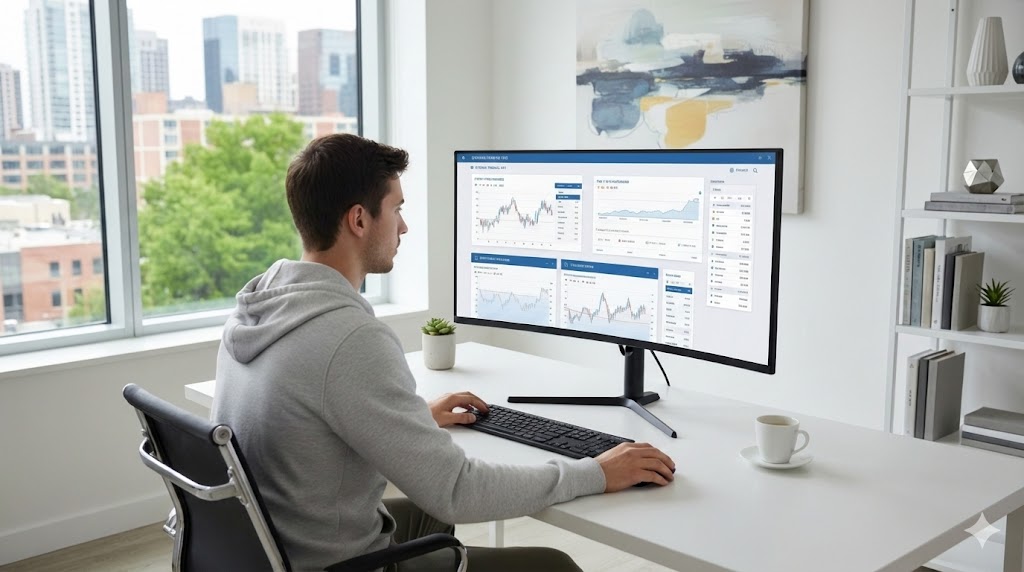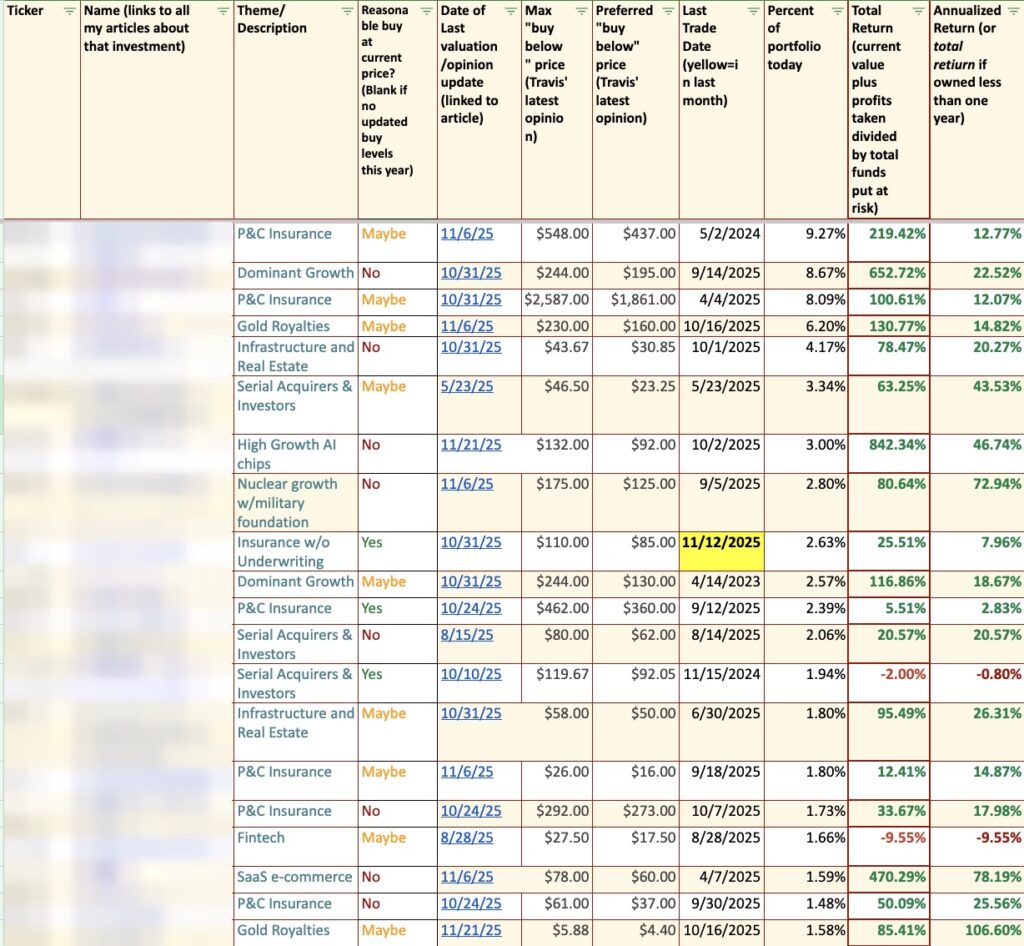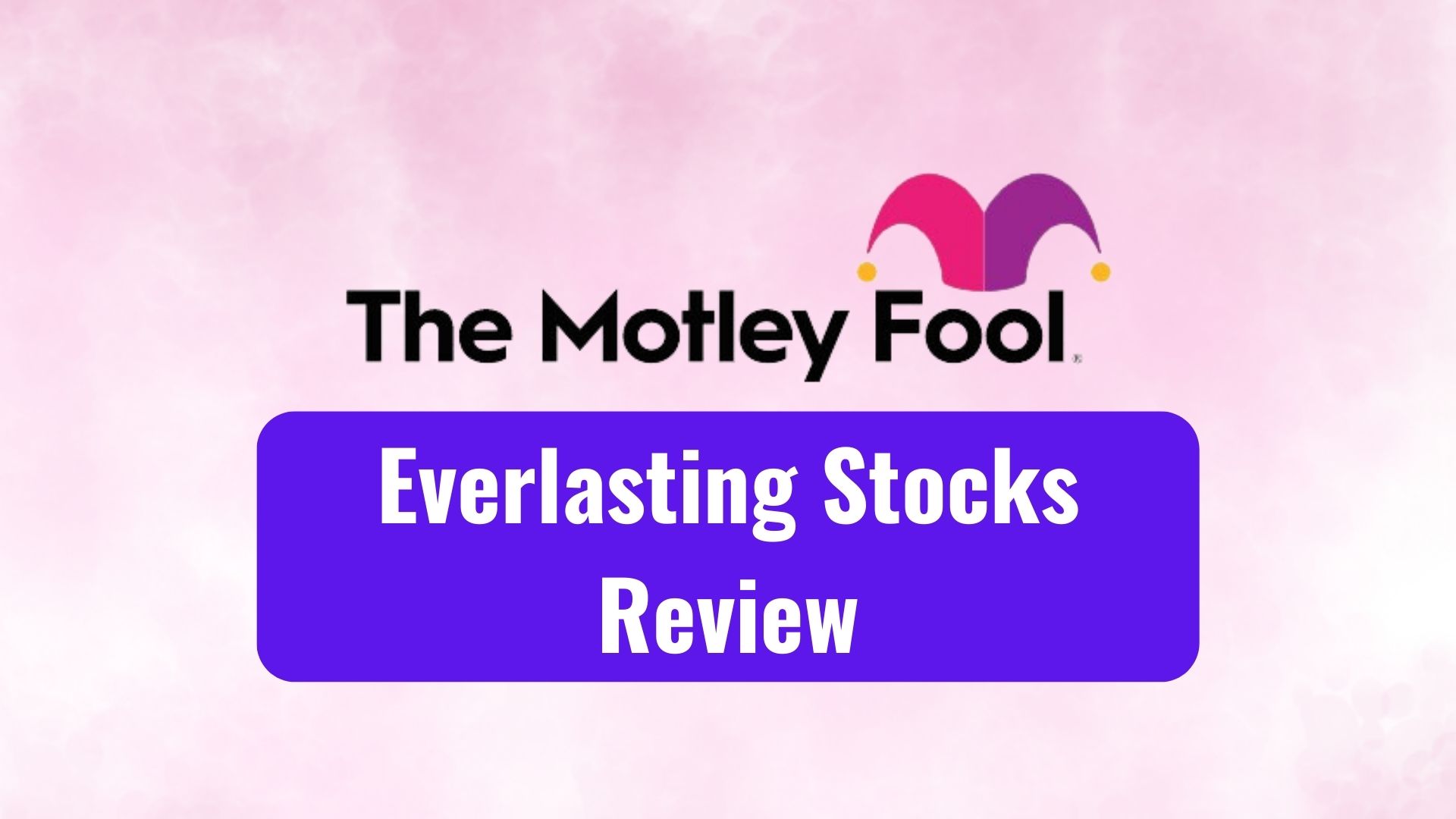Sundry Photography
Once one of the most well-regarded banks among the large-caps, U.S. Bancorp (NYSE:USB) hasn’t seen the same enthusiasm from investors in recent years and the shares have lagged their peers not only over the last year, but the last three, five, and 10 years as well (as well as since my last update). The bank doesn’t stand out versus its peers on metrics like ROTCE and core pre-provision profit margins like it once did, but the bank is still solidly above-average in most of the drivers that matter.
U.S. Bancorp has the “Main Street banking” exposure I still favor, but the bank’s leverage to corporate payments and merchant processing could be a near-term weakness if the economy slows more than expected, and I’m likewise still concerned about the bank’s deposit leverage through this next phase of the cycle. On the other hand, closing the Union Bank deal should relieve at least one sentiment overhang, and I think the shares are priced for a sub-2% core earnings growth rate that I believe the bank should be able to beat by a decent margin in the years to come.
Union Bank Should Create Some Worthwhile Opportunities
I’ve discussed U.S. Bancorp’s acquisition of Union Bank from Mitsubishi UFG (MUFG) before, but it remains an important multiyear driver for the bank.
Assuming no major deposit attrition, the deal will move USB from around 2.5% deposit share to 6.5% share in a market that still offers significant growth (about 90% of California’s MSAs are growing faster than the national average). On top of this, significant branch overlap and a lack of aggressive cost improvement leave meaningful cost synergy opportunities for U.S. Bancorp management, and this is a bank with a better-than-average efficiency ratio compared to other large-cap banks.
There may also be underappreciated revenue synergy opportunities here. At a recent presentation (the Boston Bank Conference), management characterized Union Bank’s capabilities as “several years behind” USB. That may end up meaning that USB has to reinvest in Union Bank’s infrastructure, but it also points to more opportunities for cross-selling cards, mortgage, wealth management, and merchant acquiring products to Union Bank’s customer base.
Less quantifiable, but still important, is the erosion in the M&A discount that U.S. Bancorp is getting. The Street has been skeptical on large M&A transactions in the sector, and that has typically translated into underperformance until the deal benefits actually start hitting the reported financials – with that, I could see an outcome similar to M&T Bank (MTB) or Huntington (HBAN), which have been outperforming in part as the benefits of their acquisitions (People’s United and TCF, respectively) become tangible.
Loan Demand Is Still Healthy, But Deposits Are A Watch Item
U.S. Bancorp outperformed its peer group and the bank sector as a whole with approximately 4% average loan growth in Q3’22, including over 6% commercial and industrial (or C&I) lending growth and 6% card loan growth. Thus far, demand is still healthy, with recent Fed data pointing to over 2% sequential loan growth and close to 1.5% growth for the large bank (the largest 25 banks) subgroup.
U.S. Bancorp has been putting more efforts toward commercial lending, and continued outgrowth here would definitely be a positive for the bank. Overall loan yields improved 58bp yoy and 70bp qoq in the third quarter, with C&I yields up 103bp and 116bp, and credit quality remains very strong (a charge-off ratio of just 8bp in the third quarter). I would expect demand to moderate in 2023 as companies move past the need to finance large investments in working capital and capex, but market share growth is still a potential positive driver.
I’m less positive on the deposit side of the balance sheet. While average deposits were about flat in the third quarter, non-interest-bearing deposits dropped a worse-than-average 5.6% and the cost of deposits shot up 31bp to 0.47%. While that’s not terrible, and the decline in non-interest-bearing deposits was driven in part by the large trust business, USB’s deposit beta nevertheless skews higher than its peers and I do have some concerns about the cost to fund further loan growth in 2023 and 2024.
The Outlook
If the economy slows more than expected in 2023, I do see risks to activity-driven parts of U.S. Bancorp’s business like cards, merchant processing, corporate payments and so on. Moreover, while credit is still in excellent shape, it’s not going to get better, and there are already signs of normalization of consumer credit (namely higher credit card delinquency rates). Overall loan growth is also at risk if the economy slows, but operating leverage should be relatively positive.
I still expect U.S. Bancorp to generate long-term core earnings growth around 4%; not only is U.S. Bancorp using M&A to grow its franchise, I see ongoing opportunities for organic expansion into new markets, including commercial lending in higher-growth markets in the Southeast and an expanded national consumer lending franchise (mortgage, card, auto/student, et al). Likewise, over time, I believe macro trends will favor the larger banks getting larger, mostly at the expense of small community banks that can’t keep up in terms of service offerings.
With my assumptions, the shares look priced for a mid-teens long-term annualized total return, which would mark a sharp improvement relative to the trends of the last several years. Looking at the core earnings-based model from a different angle, today’s price seems to assume a little less than 2% annualized earnings growth, which I think is a very conservative assumption.
I also get to a low-to-mid-$50s fair value on the basis of near-term ROTCE (a 24% ROTCE supporting a P/TBV multiple a little above 3x) and P/E (a 10.2x multiple on my ’23 EPS estimate).
The Bottom Line
U.S. Bancorp has a consent decree in place with the CFPB regarding its consumer sales/account practices and all of the necessary approvals for the Union Bank deal, and that eases two sentiment headwinds. The risk of a weaker 2023 macro environment is an ongoing risk, but one that I feel is already priced into the shares. I can’t say that U.S. Bancorp is my favorite bank, but the risk/reward setup does look appealing and I believe these shares could be set to outperform in 2023.
















